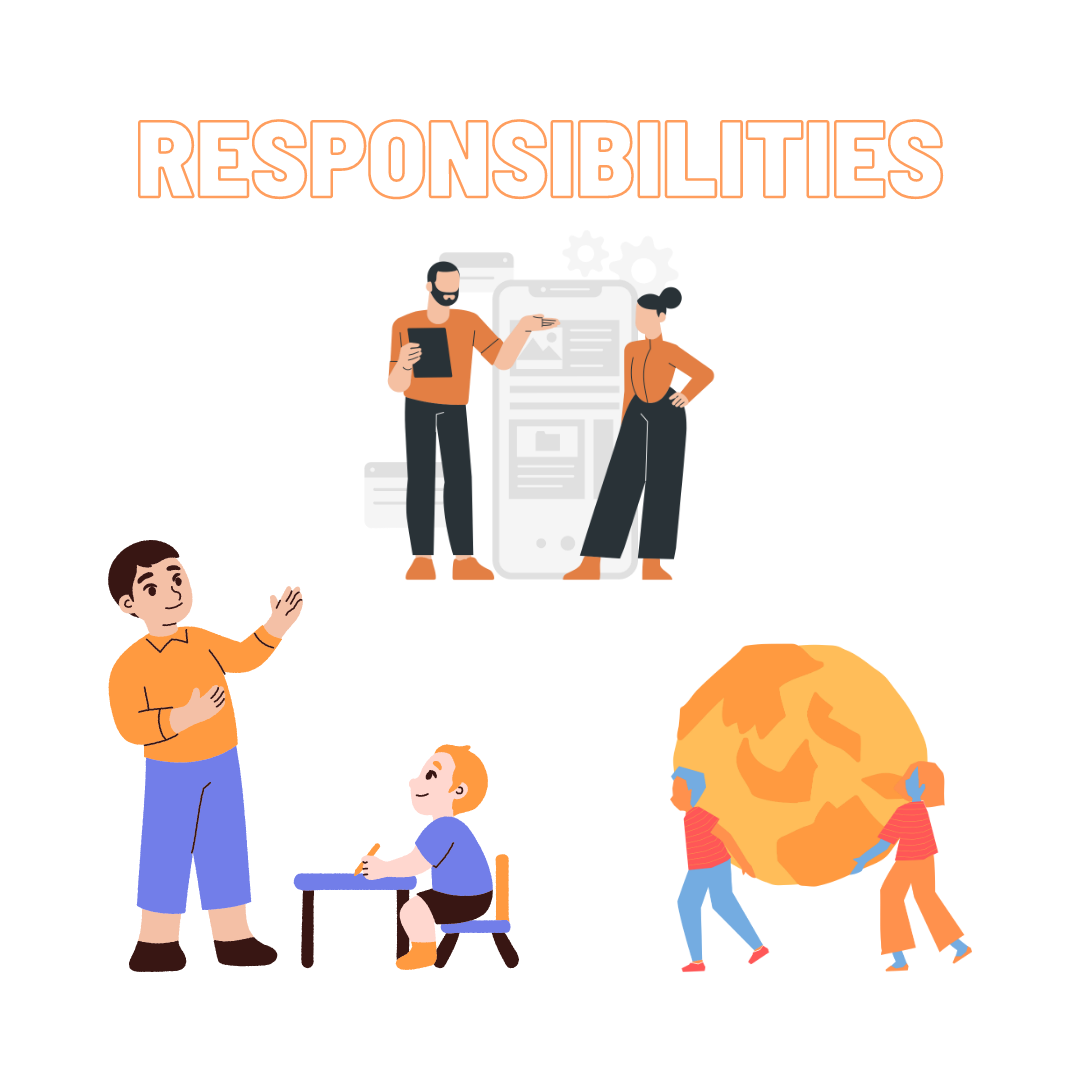
Introduction:
In today's digital age, web developers play a crucial role in creating and maintaining the websites and web applications we use daily. However, the term "web developer" encompasses various roles and responsibilities, making it essential to understand what they do. In this comprehensive blog post, we will explore the key roles and responsibilities of web developers, shedding light on their diverse skill sets and contributions to the web development process.
1. Front-end Web Developer:
Front-end web developers are responsible for the user-facing elements of a website or application. Their main responsibilities include:
- Implementing web designs: Front-end developers take designs created by web designers and bring them to life using HTML, CSS, and JavaScript.
- Building responsive user interfaces: They ensure that websites and applications are accessible and visually appealing across different devices and screen sizes.
- Enhancing user experience: Front-end developers add interactivity, animations, and dynamic content using JavaScript frameworks like React, Angular, or Vue.js.
- Testing and debugging: They perform browser compatibility testing, fix layout issues, and optimize performance to ensure a seamless user experience.
2. Back-end Web Developer:
Back-end web developers focus on the server-side functionality of a website or application. Their main responsibilities include:
- Server-side programming: Back-end developers use server-side languages like Python, PHP, Ruby, or JavaScript (with frameworks like Node.js) to handle data processing, business logic, and server-side operations.
- Database management: They work with databases like MySQL, PostgreSQL, MongoDB, or others to store and retrieve data efficiently.
- APIs and integrations: Back-end developers create and consume APIs (Application Programming Interfaces) to connect different software systems and enable data exchange.
- Security and performance: They implement security measures, handle user authentication, and optimize server performance for scalability.
3. Full Stack Web Developer:
Full-stack web developers have proficiency in both front-end and back-end development, allowing them to handle all aspects of web development. Their responsibilities include:
- Developing end-to-end solutions: Full stack developers can handle both client-side and server-side development tasks, providing a comprehensive approach to web development
- Managing databases: They design and maintain databases, write complex queries, and ensure efficient data storage and retrieval
- System architecture: Full stack developers understand the overall architecture of a web application, including how the front-end and back-end components interact.
- Problem-solving and troubleshooting: They possess a broad range of skills and can identify and resolve issues that arise throughout the development process.
Conclusion:
Web developers play a crucial role in bringing websites and web applications to life. Whether they specialize in front-end, back-end, or work as full-stack developers, their expertise and skills are vital to delivering seamless user experiences and functional digital solutions. By understanding the roles and responsibilities of web developers, businesses can effectively collaborate with development teams and individuals can pursue a career path that aligns with their interests and skill sets. The field of web development continues to evolve, presenting exciting opportunities for those passionate about creating innovative and user-friendly online experiences.

0 Comments
Thanks